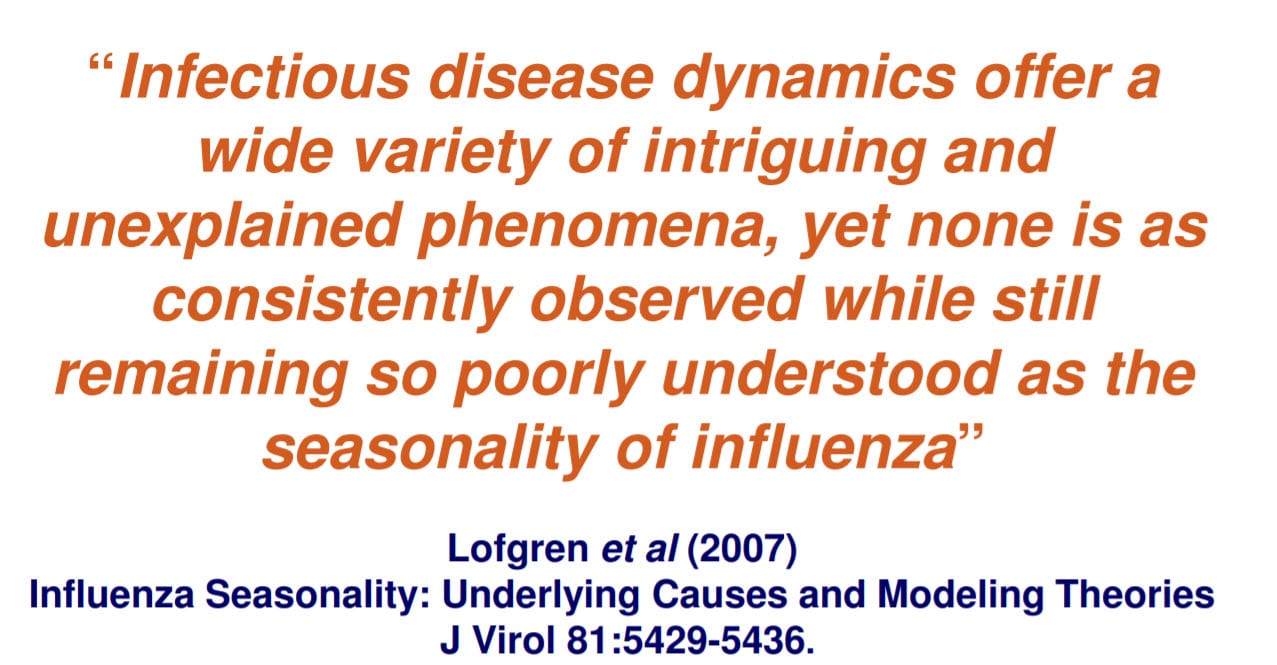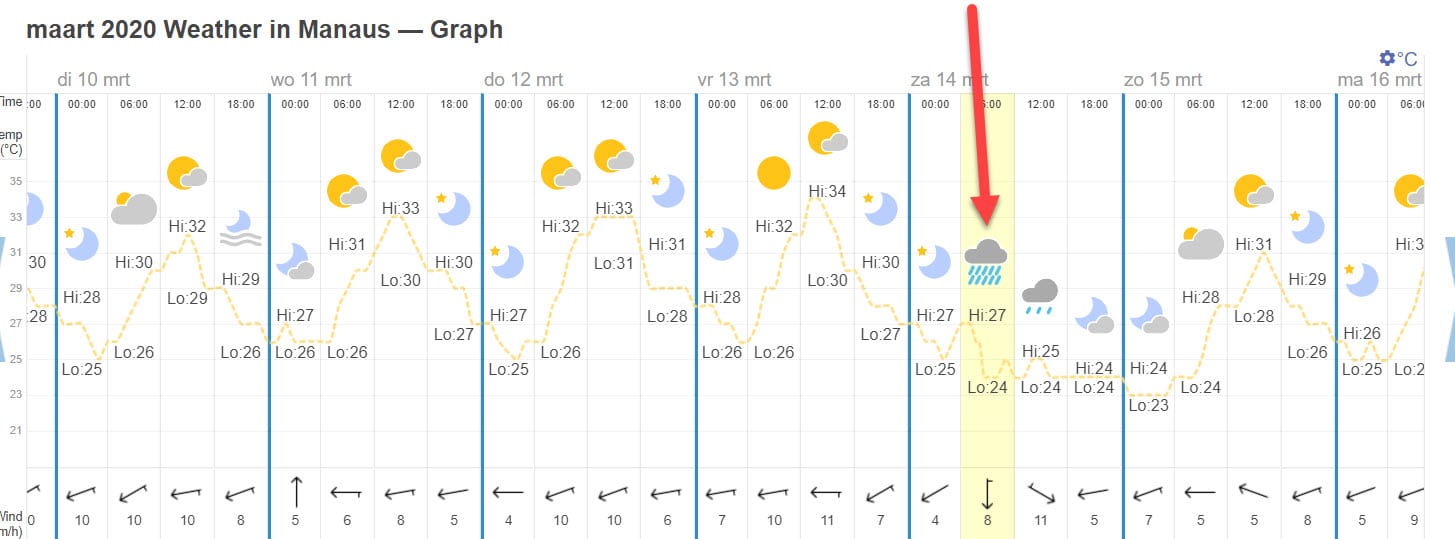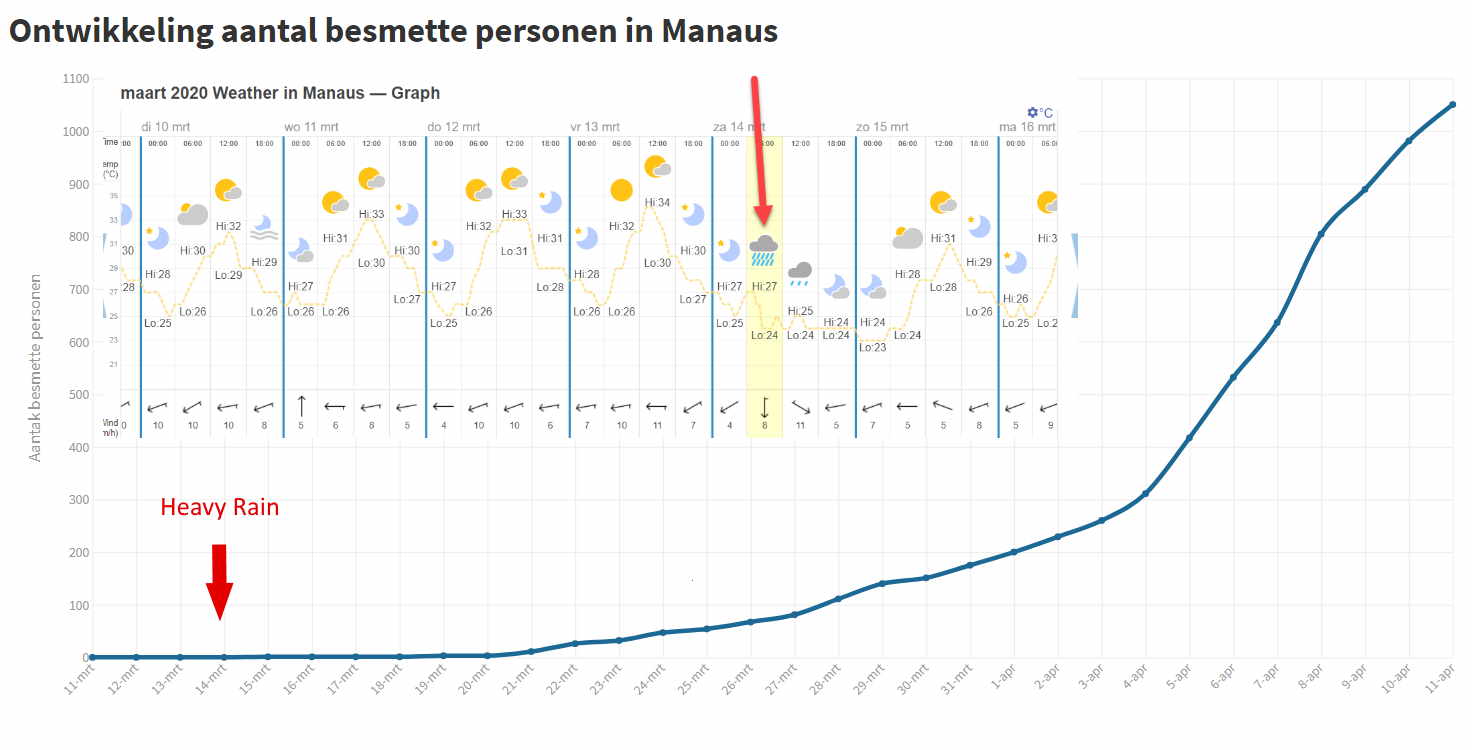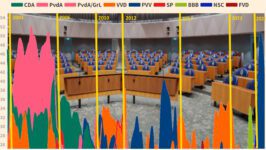"1,5-metre distance", "wash your hands", "sneeze in your elbow" and "a second wave is on its way". These were the foundations of the WHO's strategy based on which lockdowns were imposed globally. But these mantras are sending us off in the wrong direction while the true danger is not being fully recognized. A deadly mix during this enormous crisis.
Lees volledig artikel: Our Experts’ outdated “mantras” and their major consequences
Our Experts’ outdated “mantras” and their major consequences
We know more and more about how COVID-19 is spreading. Unfortunately, there does not seem a learning curve in what the experts who advise our government, have known since February. This interview serves as proof.
From the beginning they repeat mantras like: “1.5 meters distance”, “washing hands”, “sneezing into the elbow” and “beware of the second wave”. These instructions were the core of the WHO policy at the beginning of the lockdowns worldwide and this is still the core of the policy in the Netherlands for the coming months.
But we have learned so much more by now. As a result of which we have a much clearer picture of what really influenced the spread of COVID-19 and still does. And that calls for a reconsideration of policy. In part, because these mantras are steering us in the wrong direction and in part, because the true danger is not properly recognized. A deadly mix of error in fighting the huge crisis we are now in.
Research results
Several interesting research results have appeared in recent weeks, including the very relevant presentation by the head of the virus lab in the US US about their findings and advice and the conclusions of Prof. Streeck in Heinsberg, Germany I have already written about these findings in previous blogs (including the links, so that you can read them back for yourself).
I’m working on a special project and in a few days time, I will present a listing of all these findings, and the conclusions the government should draw. I can’t say anything about it yet, but I will announce it in time through various media. But from my blogs so far, it’s easy to see which direction it’s heading in.
In this blog I want to share some valuable insights on WHY we should not solely rely on the outdated mantra’s anymore. It all starts with the fact that over the years people haven’t been able to see how influenza really spreads, and now -apparently blinded by it- do not know how to respond to the clear patterns of COVID-19. Unfortunately with very large consequences.
The distribution pattern of COVID-19 is very similar to that of influenza, although this is not yet recognized by everyone. When you read this extensive and fascinating WHO presentation from 2014 for example, it paints a picture of what people knew about influenza at that time, and how they were still searching for explanations for the spread pattern of influenza.
Winter
Above 30 degrees North latitude, it was clear that there is one peak moment for influenza (in winter, like in the Netherlands). But in the rest of the world there were more diffuse patterns. This is shown in the presentation:
In India they did see a relation with the monsoon, but still they saw deviations from it, which they did not understand very well, as this paper shows:
There is no real seasonal pattern around the equator. It seems to be capricious throughout the year. This is shown in the Malaysian part of that presentation (Kuala Lumpur is very close to the equator, just like Manaus in Brazil and Guayaquil in Ecuador, with major outbreaks of Covid-19 as we speak). No decisive explanations have been given for this phenomenon.
Simpler
Investigating the spread pattern of COVID-19 is simpler than that of influenza. With influenza there are always people who are already immune to the new “flavor of the year”. So when studying, you find many disturbances in the patterns. But with COVID-19 this is not the case. Nobody has any natural resistance yet, everybody can still be infected. It is precisely because of this, that you can learn so much from studying this “clean” pattern of spread. Interestingly, that learns us a lot about the spreading of influenza as well. Unless of course, you prefer to stick to your old mantras.
In Manous (Brazil) there has been a big outbreak. In a very warm area with high humidity. Outbreaks we haven’t seen in Africa.
I was looking for a superspreading event in Guyaquil and Manous, Because I see those in our temperate weather areas, as the determining factor of the exponential growth. (Also in the SARS outbreak in 2003 they were seen as the big culprit).
Carnival
The Carnival in Guayaquil in February seemed to be that moment, but when you see the figures of the outbreak there, it started a few weeks later. In Manous I saw that the outbreak had its cause between 12 and 15 March, but I found no specific event. At least not through the search of newspapers and news sites in Manous.
Until I looked at the weather again a few days ago. High temperatures, high humidity. And then I saw it.
In the morning of March 14th there were heavy rainstorms in Manous.
From my Cuban wife I had already understood that in Cuba the flu season is related to the rain season (April-May and September-October). How could that be explained ?
Normally in those warm countries, poor people who do not have air conditioning, use natural ventilation to cool down the house. They don’t have glass windows but blinds, which can be opened and closed. So basically they let the draught in the house provide some cooling, stimulated with fans. That draught clears the air from possible aerosols.
When it rains
One is outside most of the day. In front of the door, in the street. But when it starts raining heavily, everything changes. Then, the Cuban children don’t even go to school. Everybody sits inside, trying to keep the water out. An ideal situation for spreading viruses.
In Manaus an average of 335 ml rain falls in March. That is 40% of the rain in the Netherlands in a whole year.
Around March 20th, the exponential growth of the number of infections in Manous started. These are the figures:
It’s very similar to the patterns I’ve seen in Kessel and Uden after superspreading events.
Only in Manous there was no such event around March 14th. The infection must have come when almost the whole population (because it was Saturday) sat down together at home to take shelter from the heavy rain.
My experience in Cuba is -contrary to the Netherlands- that when it rains hard, there is very little wind. With 100% humidity outside and pouring rain the air in the house will stay much longer. Optimal conditions for aerosols to linger and, just as with superspreading events in our areas, infect many of those present (with a high “viral load”, as Prof. Streeck’s research has shown).
Already infected
Condition is of course that quite a few people were already infected without them knowing. Research from France shows, that the virus had indeed been with us for much longer, without us really noticing it. Only after the big superspreading events in Europe it became clearly visible.
From Brazil we know that there were quite a few rich Brazilians who had been skiing in Europe and brought the virus to Brazil. So it must have ended up in Manous somewhere by the end of February. The virus spreaded relatively slowly in the city, without anyone really noticing it. Until the rain came on March 14th.
If you then look at the rain in the rest of March 2020 in Manous, you will notice that it only started raining again at the end of March and if you see the pattern of the graph above, you will also see an acceleration after that.
Then I watched Guayaquil. There it rained more often and also there is a relationship between the start of the outbreak and the rain. So in heavy rain, influenza (and COVID-19) take advantage of people packed together in their houses without ventilation from outside.
No real patterns
Only in the month of August the average amount of rain in Manous is lower than the average in the Netherlands. The other months it rains more and often much more. In total 4 times more than average in the Netherlands.
Now I understand why no real pattern has been recognized for influenza in tropical areas around the equator where it rains a lot. Because the rain there has no clear pattern.
It is obvious to me that this is the explanation for the start of large outbreaks of Influenza and Covid-19. How exactly it works indoors, I do not know. That of course deserves (swift) further investigation. I wouldn’t be surprised if aerosols are the most important reason here too, because (and Prof. Streeck’s research taught us that as well) people don’t infect each other as easily by proximity as we always thought. Aerosols spread the virus faster and more aggressive.
If there were 500 people infected in Manous, and during the rain there were on average – let’s say – 10 people in the house, and 80% of them were infected, then in one day the number of people infected exploded from 500 to 4,500. (Incidentally, it also implicitly shows that without such an explosive opportunity, the spread is not nearly as fast as we thought. Something I’ve also shown here).
No explanations
The reason why I am detailing this now, is because it shows that -no matter how much respect I have for virologists and epidemiologists- they have not been able to find decisive explanations for the erratic patterns of Covid-19. Which is difficult if you do not understand the spread of Influenza either.
That is why they rely on their mantras from the past. (Which, by the way, were insufficient to counteract the influenza outbreaks as well). But what we have learned about the spread of Covid-19 shows that those mantras are for an important part not properly applicable. And as long as they refuse to face that, not only the government, but also those who follow them in the media, will – no doubt unconsciously – be misled. With great risks to public health as well as to the economy and society.
Our Experts’ outdated “mantras” and their major consequences.
Volg Maurice de Hond op Twitter | Facebook | LinkedIn | YouTube.











